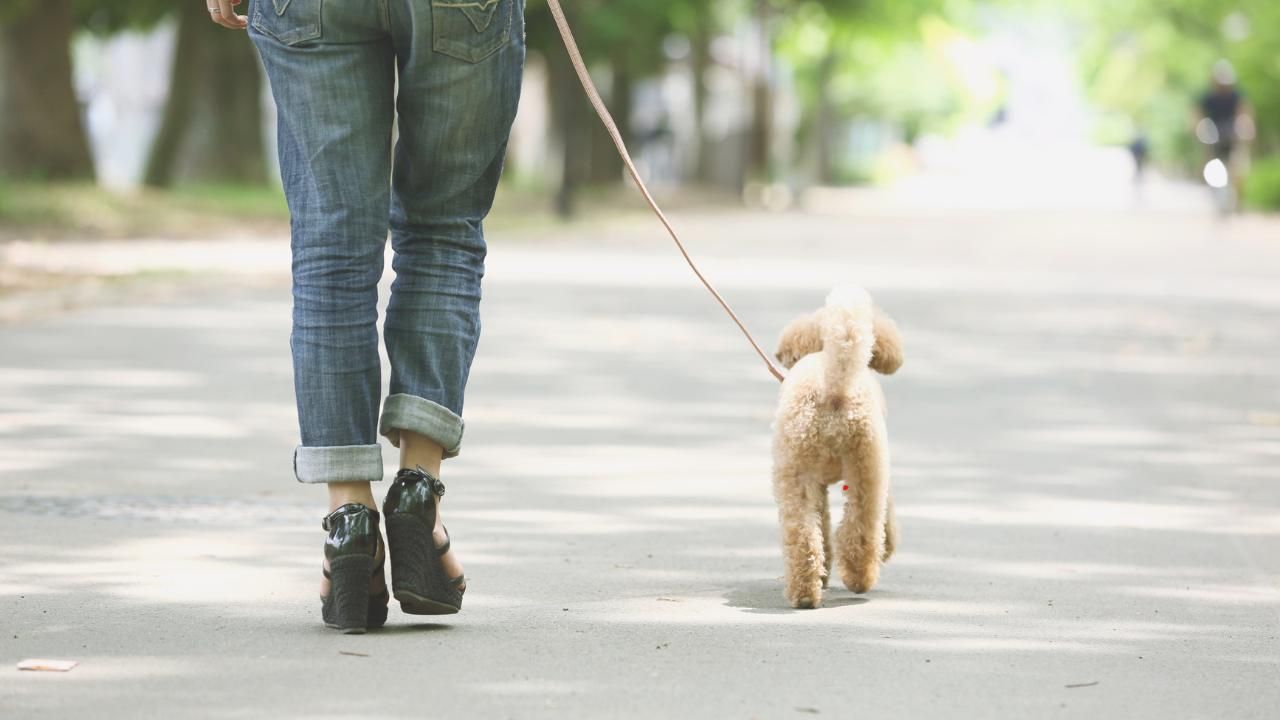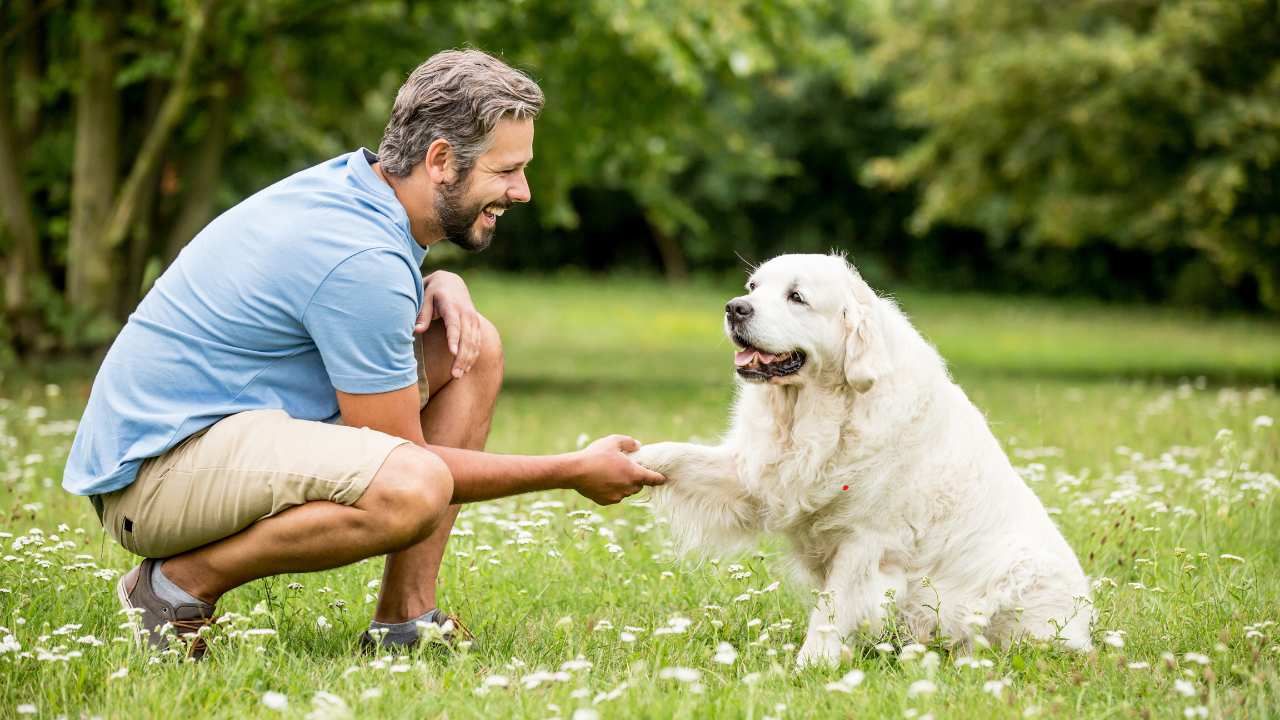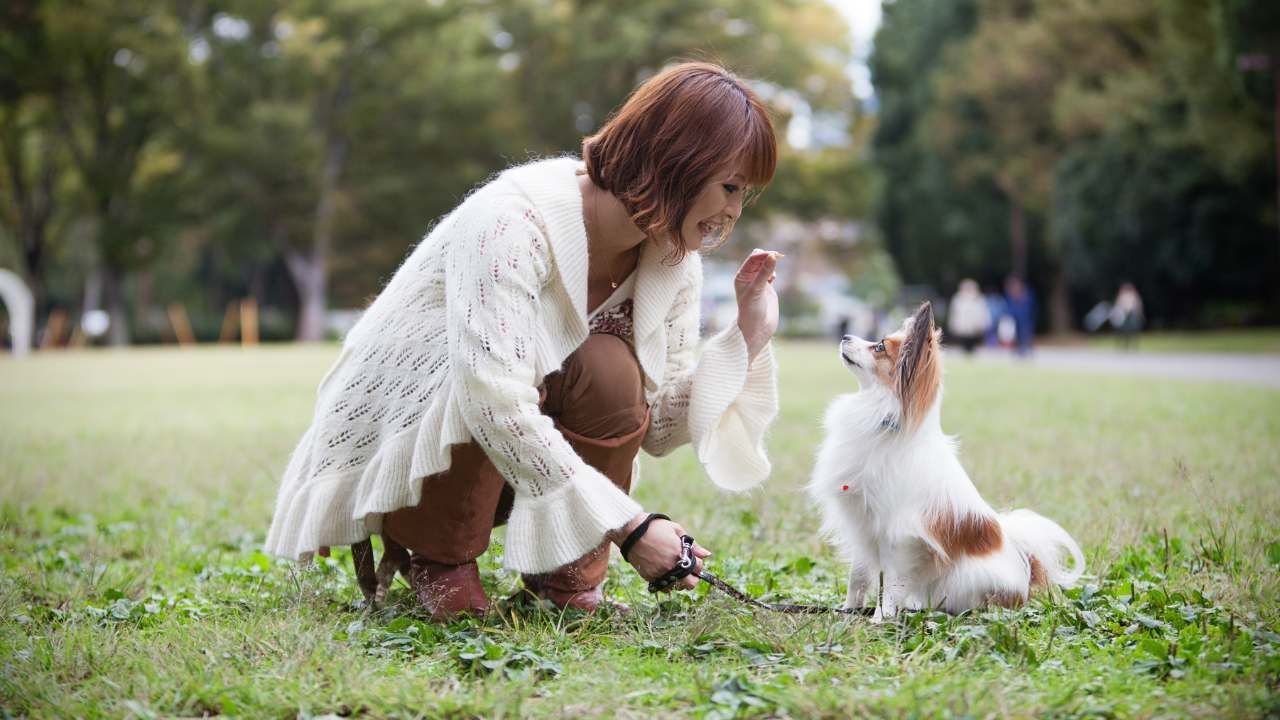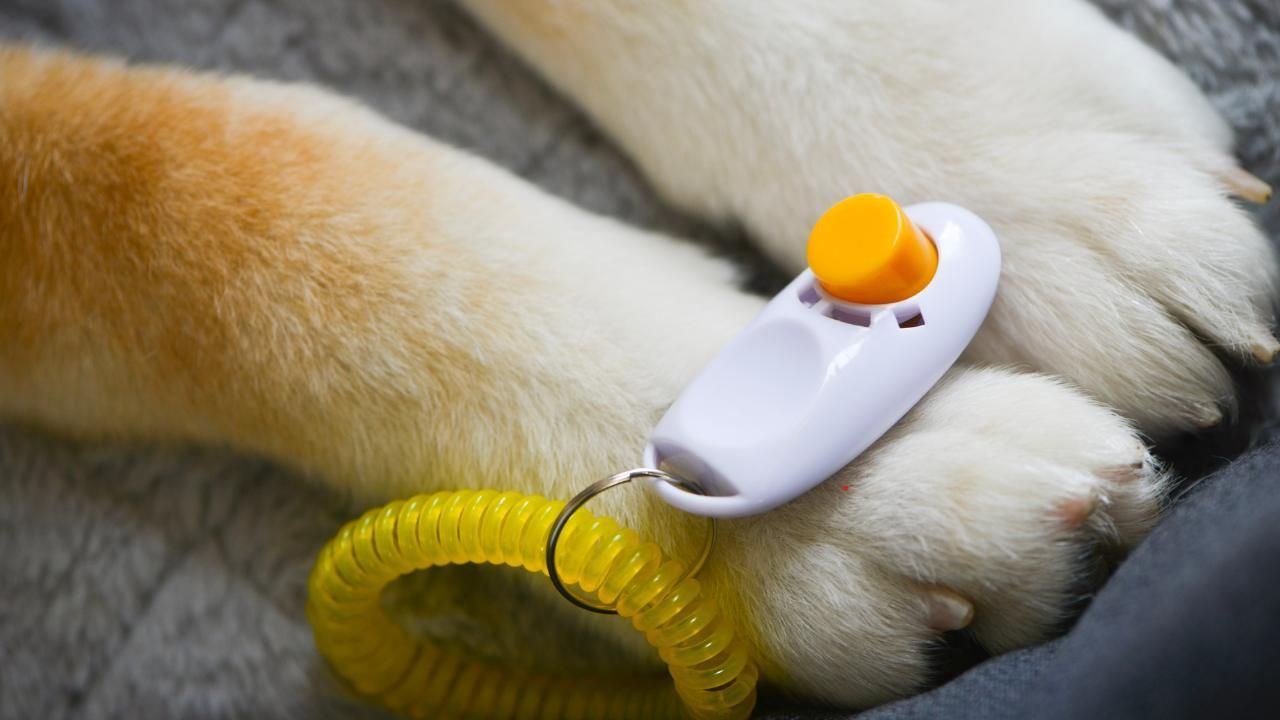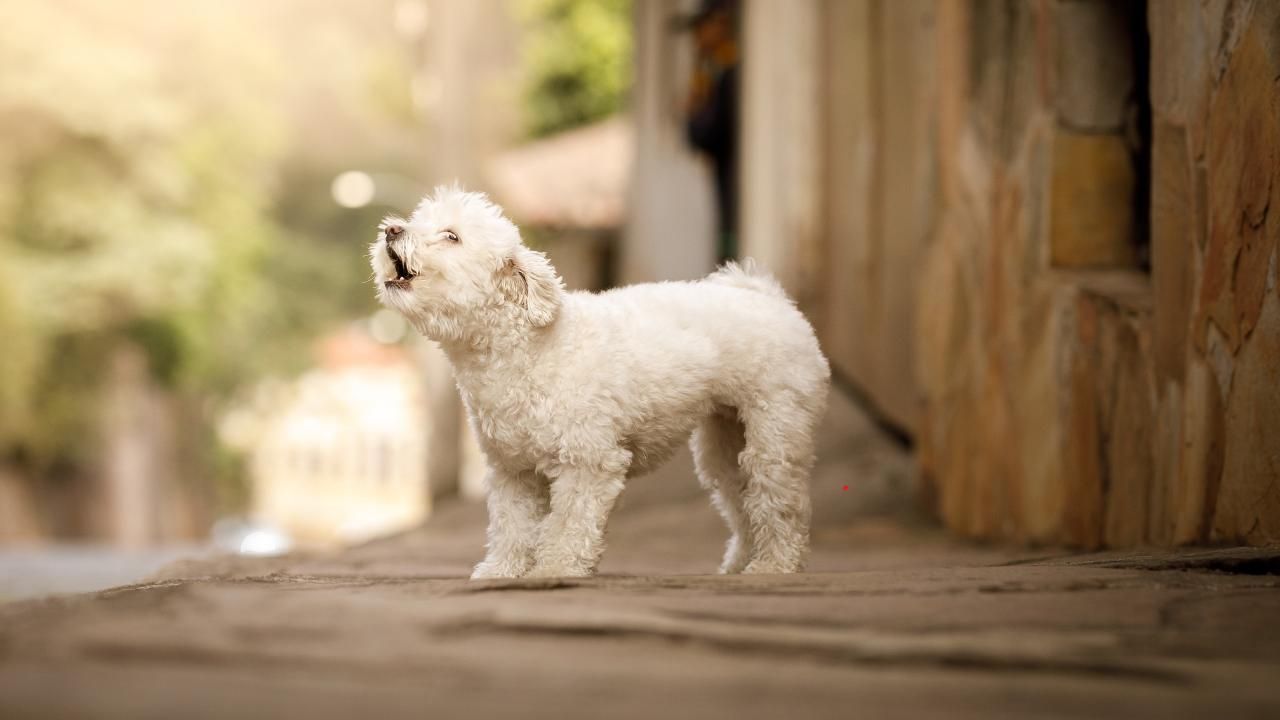Training for the Real World: Getting Your Dog to Listen Outside the House
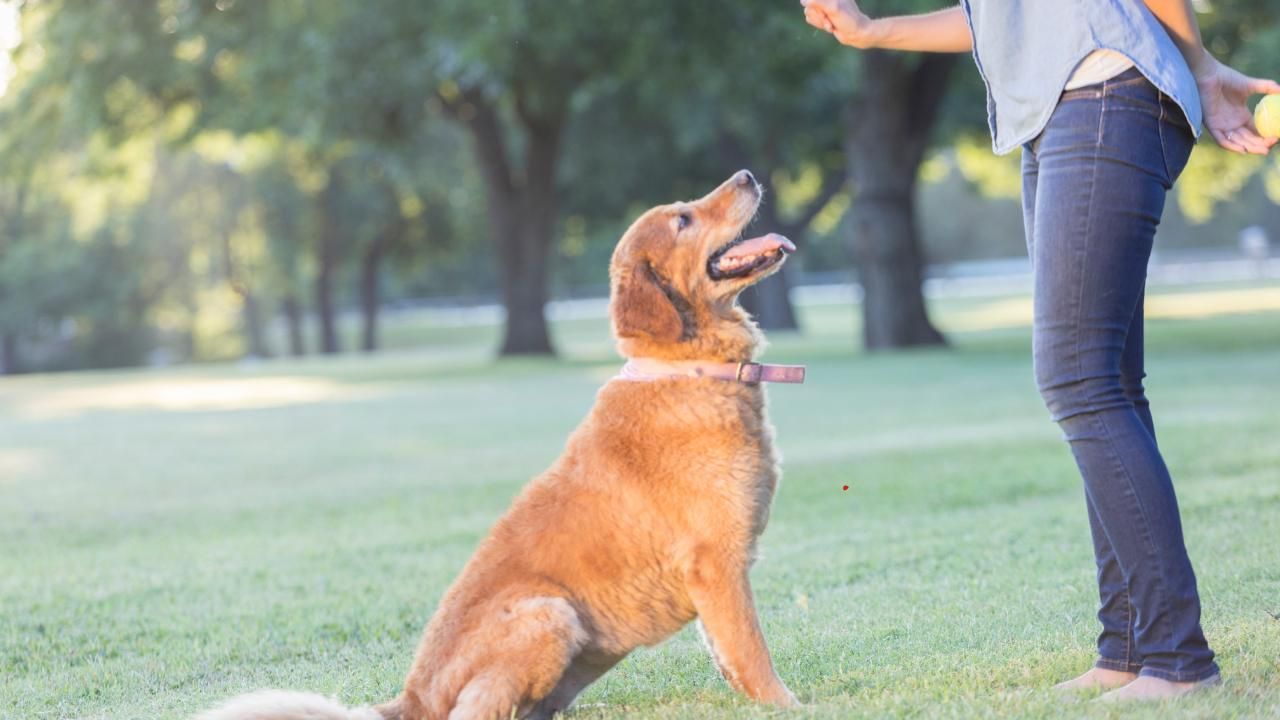
If your dog listens perfectly indoors but suddenly “forgets” every command the moment you step outside, you’re not alone. Many owners face this frustrating gap between home obedience and real-world distractions. The good news? With the right mindset and methods, you can help your pup stay focused no matter where you are.
In this guide, you’ll learn how to make your training stick beyond the living room. We’ll cover how to manage distractions, strengthen recall, and build real-world obedience—so your dog listens the first time, every time.
Understanding Why Dogs Tune Out Outside
Dogs aren’t being stubborn when they ignore you outdoors—they’re simply overwhelmed. The sights, sounds, and smells of the outside world are irresistible. Squirrels, new scents, and moving cars can easily override what you’re saying.
For example, many new owners searching for Golden Doodles for sale in Cottonwood AZ through trusted breeders like Doodling Pups, LLC soon realize that even the best trained dogs struggle to focus in public. That’s because obedience at home doesn’t automatically translate to obedience everywhere. Dogs need help generalizing their training to new settings.
Step 1: Start with Gradual Distraction Training
The secret to real-world success is to increase difficulty gradually. If your dog can “sit” indoors, try it on the porch next. Once they master that, move to the yard, the park, or a sidewalk with mild traffic.
Each new environment adds a layer of distraction. Reward generously when your dog succeeds, and don’t rush the process. Here’s a good structure:
- Level 1: Inside your home (quiet environment)
- Level 2: Yard or porch (mild noise and movement)
- Level 3: Neighborhood walk (people, other dogs)
- Level 4: Public park or busy street (high distraction)
The more you practice in varied places, the better your dog learns that commands always mean the same thing—no matter the setting.
Step 2: Reinforce Focus on You
Outdoor distractions pull your dog’s attention away. Your job is to make yourself the most interesting thing around. Use short, upbeat cues like “watch me,” paired with treats or a favorite toy. Practice focus exercises frequently.
When your dog looks at you willingly in a busy environment, mark it with a “yes!” and reward immediately. This reinforces the idea that listening to you pays off, even when life gets exciting.
Consistency is key. If your dog tunes out during a walk, stop moving until they reconnect. Walking is the reward—they’ll quickly learn that ignoring you gets them nowhere.
Step 3: Use Real-Life Rewards
Not all dogs are food-driven outdoors. Some prefer sniffing or exploring as rewards. Use that to your advantage. For instance, before letting your dog greet someone or investigate a bush, ask for a “sit.” When they comply, say “okay” to release them.
This teaches that good behavior unlocks freedom—an incredibly powerful motivator in real-world training.
Case Study: From Indoor Star to Outdoor Listener
When Jessica adopted her 2-year-old doodle, Max, he followed commands flawlessly inside but turned wild the moment they stepped outside. She began short outdoor sessions on her quiet driveway, rewarding calm behavior. Over several weeks, she expanded to neighborhood walks, slowly increasing distractions.
By week six, Max could heel calmly past barking dogs and cyclists. Jessica says, “It wasn’t about stricter discipline—it was about setting him up to win one small challenge at a time.”
Step 4: Keep Training Fun and Ongoing
Dogs never truly “graduate” from training. Keep sessions short, engaging, and positive. Use every outing as a chance to reinforce good habits. A well-trained dog isn’t just obedient—it’s confident, safe, and a joy to be around.
Helping your dog listen outside takes patience, but the payoff is worth it: calm walks, reliable recall, and a stronger bond built on trust. Start small, stay consistent, and celebrate every bit of progress. Contact us to learn more.

